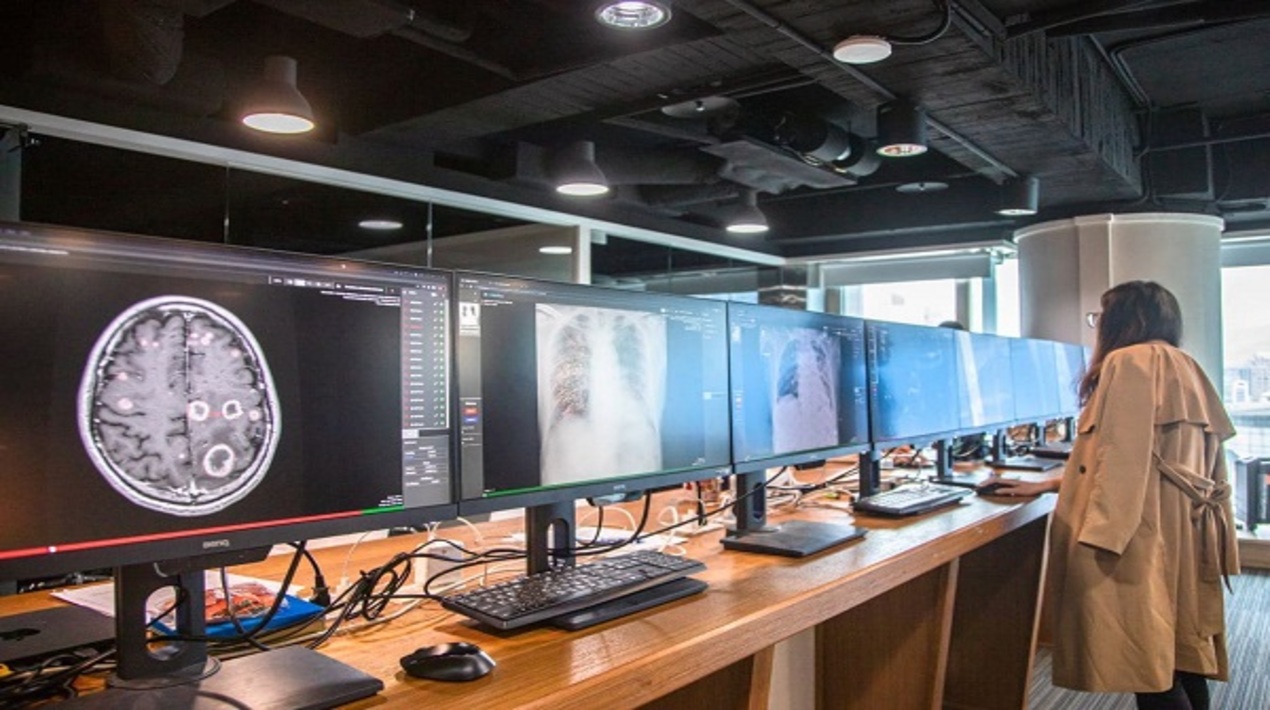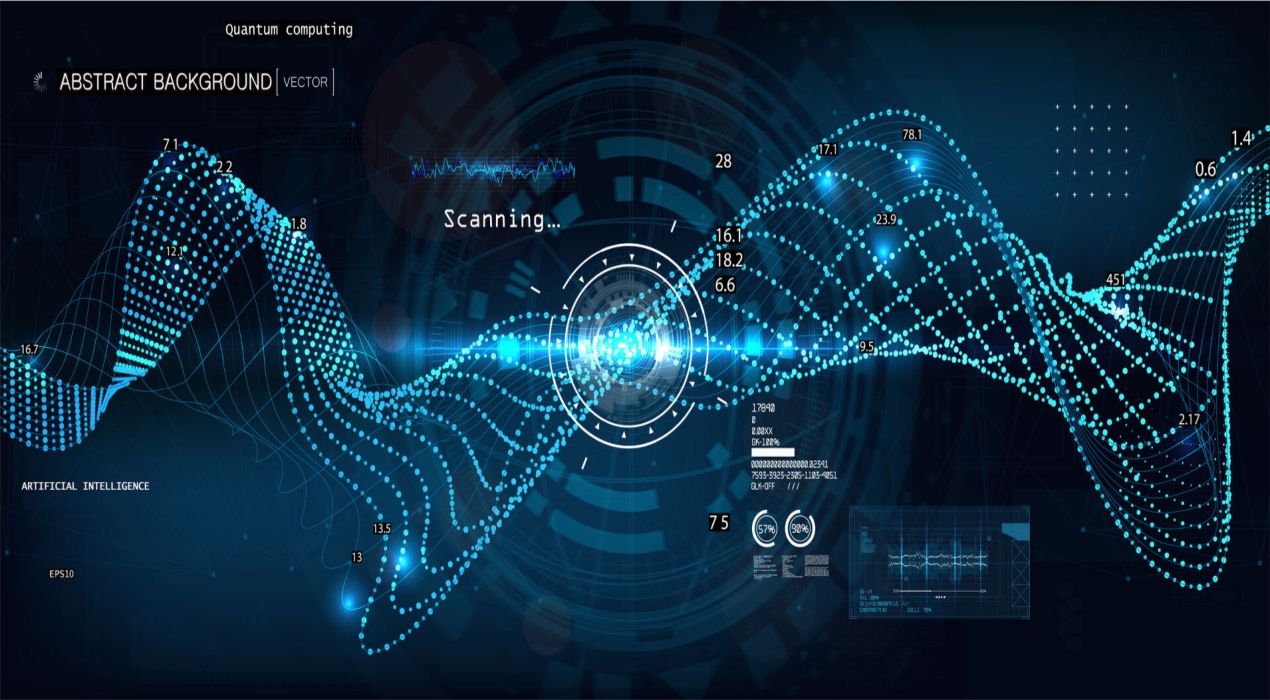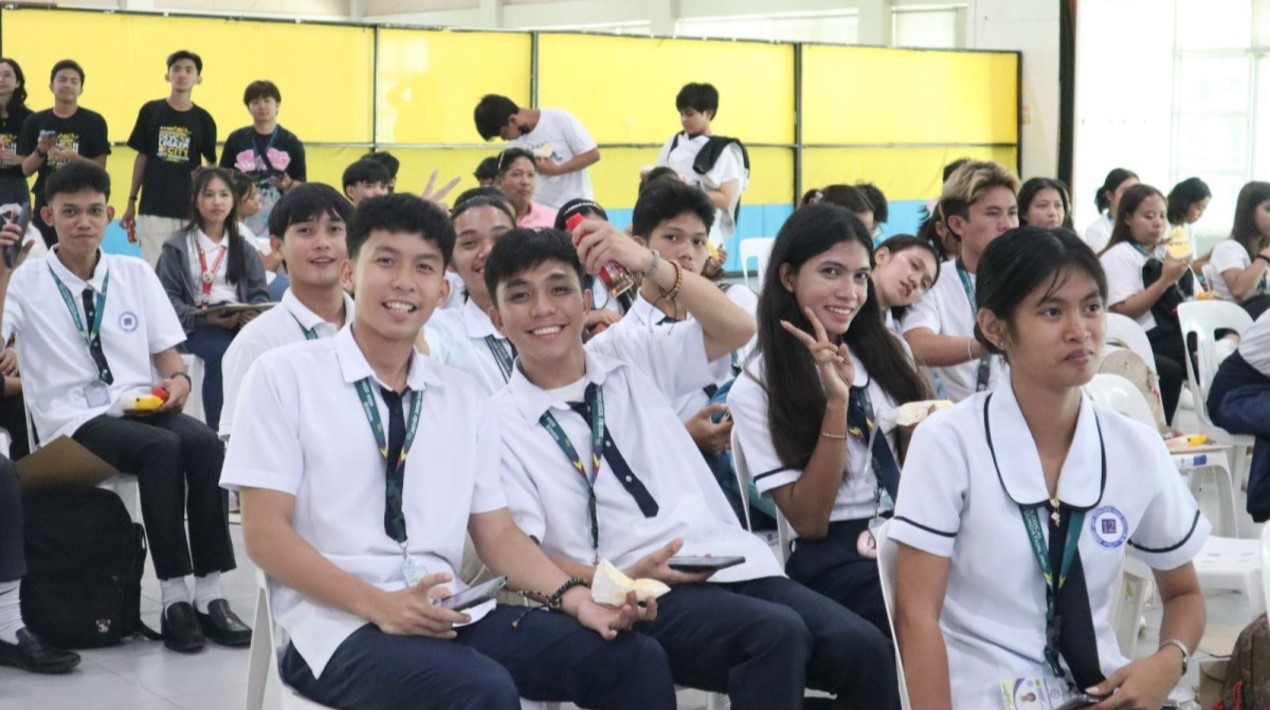
Taipei City-based research organisation is promoting the use of Artificial Intelligence (AI) in academic institutions, nongovernmental groups and enterprises through data exchanges and open-source projects. Taiwan’s leading role in the global supply of semiconductors means the country is ideally placed to integrate the latest and greatest technologies into the biotech and medical sectors.
Healthcare is the ideal field to expand the use of AI given the technology’s ability to quickly conduct big data analyses and modelling. Taiwan’s National Health Insurance (NHI) Research Database contains over two decades worth of data and images to assist in this process.
With access to such a rich resource, Taiwan researchers are looking to put their combined expertise to good use in the field of precision medicine, providing customized treatment plans tailored to individual patients. This is achieved by combining NHI data with information from wearable sensors recording heartbeat, blood pressure, blood sugar and oxygen saturation. This approach of preventive medicine ensures people are aware of the warning signs before they get ill. The research organisation’ goal is to utilize the power of AI to relieve the burden on hospitals resulting from avoidable conditions.
Last year, the research organisation launched a federated machine learning alliance comprising the Ministry of Health and Welfare’s NHI Administration, National Taiwan University Hospital, Taipei Veterans General Hospital and other medical centres around the country dedicated to innovative applications for AI in health care. The results already look promising, including AI-assisted systems for reading chest X-rays to detect pneumonia and for filtering magnetic resonance images to identify brain tumours.
Unlike traditional centralised techniques, the federated model allows multiple actors to build a common learning platform without sharing data. This approach, addressing the critical issues of data privacy and security, is in line with the European Union’s General Data Protection Regulation, which entered into force in 2018 and is considered the gold standard globally. Taiwan AI Federated Learning Alliance was created to demonstrate the government’s commitment to marching forward toward a smart island and digital nation.
According to a report, digital health has great potential to transform healthcare in Taiwan through delivering a better patient experience, with improved results, at lower costs. This trend is attracting the growing attention of firms operating at the intersection of technology and medical science, as well as encouraging tie-ups and collaborations between medical facilities and businesses involved in innovative sectors such as AI and the Internet of Things.
Taiwan focuses on integrating advanced technologies with the latest medical applications to enable connected and smart healthcare. This development is expected to have a synergistic impact on Taiwan’s emerging advanced tech industries. As digital information is the bedrock of high-quality patient healthcare, Taiwan has long developed a comprehensive health information technology system to improve and monitor the financing and delivery of healthcare services.
Taiwan has been utilising AI in healthcare for various purposes such as reading chest X-rays to quickly detect COVID-19 infections. As reported by OpenGov Asia, The AI-based diagnostic system can be used, alongside PCR testing and rapid antigen tests, as a fast diagnostic tool to detect COVID-19 cases by pinpointing a suspected chest infection on X-ray images. The AI system was developed jointly by a Taiwanese startup and some medical institutions.
The FDA approved the AI on a special case basis for commercialisation in light of the current COVID-19 situation in Taiwan. The technology will be particularly useful in cases where an undiagnosed asymptomatic COVID-19 patient visits a doctor with some other ailment. The AI system instantly provides clinicians with reliable values on the location of a particular illness such as pneumonia and lung infection. Then it can be used to read the chest X-ray images of the person and issue an alert if it detects a possible COVID-19 infection.
















